How To Find The Best Food In Rio De Janeiro
BRAZILHow To Find The Best Foods In Rio De Janeiro
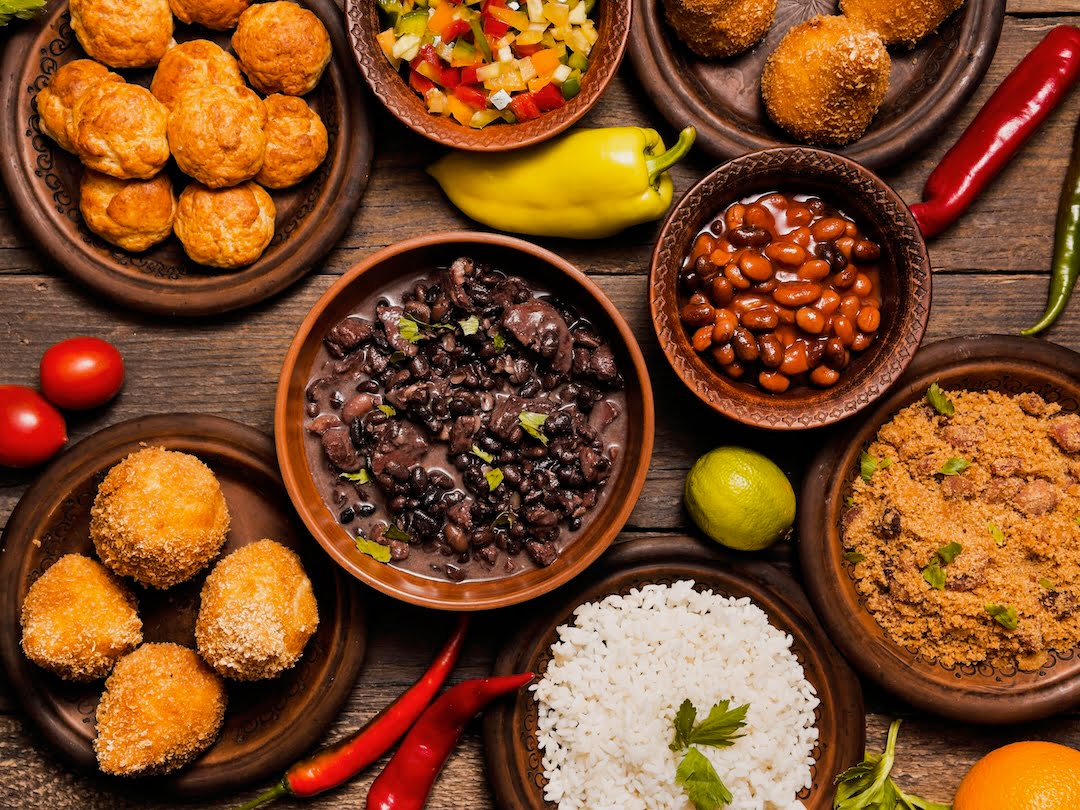
If you want to enjoy the best foods in Rio de Janeiro, don’t worry about having to seek out top-end restaurants. This being Brazil, the best finds are typically those dishes that have developed through the country’s mix of African and Portuguese heritage. Which invariably involves plenty of fish, seafood and meat, combined with staples such as cassava, black-eyed beans and rice.
To be honest, after spending quite a bit of time in Mexico, we weren’t especially excited about what the food would be like in Brazil. But the sheer quality and variety on offer in Rio blew us away. And not just the local delicacies either. From the rich, seafood stews of Bahia to the satisfying country food of Minas Gerais, we were spoiled for choice.
Of course, without trying every single restaurant, bar or kiosque one can never say for sure where the absolute best foods in the city are. All we can advise you on is what we discovered after spending seven months in Rio de Janeiro and neighbouring Niteroi. So, with that in mind, here’s a selection of our favourite Brazilian dishes and where we’d recommend you try them.
Table of Contents
Click on the link to go straight there…
FOODS IN RIO
This page contains affiliate links. To help us maintain our site we work with a number of partners who we’ve personally used and can recommend to our readers. If you decide to purchase any products through the links on this page, we’ll receive a small commission at no extra cost to you.
Street food
For us, street food represents the heart and soul of a town or city. And some of the best food we’ve ever tasted has been served from humble street stalls and eaten at the kerbside (especially in Mexico and Thailand). But we think the street food in Rio de Janeiro could give those two countries a run for their money.
Pastel
Thin, rectangular-shaped pasties, deep-fried and filled with prawns, cheese and onion. These substantial parcels of gorgeousness became our go-to street breakfasts on the fly. Especially when the condiment tray included a squeezy bottle filled with Bahian hot sauce (combining mashed hot peppers and cream).
Indeed, we became so obsessed with them that we made a point of visiting the weekly São Franciso food market from our house sit in Niteroi every Tuesday to top up our pastel fix. There are plenty of other fillings to choose from, too – including minced meat and one filled with requeijão (or catupiry – a creamy dairy spread).
You’ll find them at most food markets or in random locations on the street. Including at Feira Livre de Gloria, the fabulous Sunday market in Gloria neighbourhood.
Be aware that the stalls selling them will probably also offer you caldo de cana. It’s a creamy liquid freshly extracted from sugar cane (there’ll be a motorised juicer at the back of the stall). As you might expect, it’s cheap and very sweet. Not quite to our taste but the locals seemed to lap it up. Including the free refills.
A pastel filled with prawns, cheese and onion
For us, the best breakfast in Rio de Janeiro
Pão de Queijo
Another breakfast favourite, pão de queijo is a small cheesy dough ball, baked until it is crispy on the outside and gooey in the middle. We’d often grab five or six of them from a mobile bakery stall outside the ferry terminal in Rio and eat them hot, straight out of the oven.
They actually originate from the state of Minas Gerais. And, to be fair, the best ones we ate were from there. But, they’re just as popular in Rio.
Pro tip: just make sure you eat them while they’re hot – and definitely before they go cold and the gooey centre begins to harden.
Pão de Queijo

Interested in housesitting while you travel?
Coxinha
Don’t be fooled by these teardrop-shaped snacks. They can be extremely filling and even Ian could only manage one at lunch-time.
Essentially they’re croquettes consisting of shredded chicken surrounded by dough (sometimes mashed potato) and deep-fried in breadcrumbs. The best one we had included cream cheese at a street stall at the entrance to Vidigal favela (en route to our hike up the Two Brothers mountain).
But, if you want to try one in beautiful and traditional surroundings, head to Confeitaria Colombo, an ornate 19th-century coffee house and one of the best cafes in Rio de Janeiro.
Shredded chicken inside a coxinha
Confeitaria Colombo
Beiju de Tapioca
Originating from Brazil’s northeast, these tapioca crêpes are a feature on many of Rio’s street corners, near a beach or where northeastern food is the focus. Such as the Feira de São Cristovão, a riotous food and music celebration of northeast Brazil that takes place inside an old football stadium (best visited at weekends).
Made from tapioca (starch extracted from cassava root), the pancake mixture is griddled and topped with a variety of fillings – such as cheese, tomato and onions. Then it’s folded in half and served. For our taste, they’re a little bland without the addition of a fiery hot pepper sauce – something we ended up carrying in our day pack, just in case!
We also had one at Feira Livre de Gloria. Although, it didn’t quite compare with those we had in the spiritual home of beiju de tapioca, Olinda.
Beiju de Tapioca
Acarajé
Another street food from the state of Bahia (specifically Salvador), these are patties of ground black-eyed beans, deep-fried in dendê oil (red palm oil), then split in half and filled with shrimp (or dried shrimp), fried onions and a choice of spicy paste – usually either vatapá (combining fish, coconut milk, tapioca and ground cashew nut) or caruru (okra, dried shrimp, onions, nuts). All finished off with the requisite addition of fresh chillies or hot pepper sauce.
A healthy snack it ain’t. But, as a tasty, finger-staining slice of Brazil, it’s unbeatable.
Again, you’ll find acarajé stalls – together with their traditional, brightly dressed vendors – at most Rio markets, as well as beaches and on street corners. Our favourite was Acarajé da Lu, a vendor near Largo dos Guimarães in Santa Teresa neighbourhood.
If you’d rather not run the risk of spilling half of the mixture on your clothes, you might want to try a sit-down version at Feira de São Cristovão.
Acarajé – decidedly unhealthy, but it tastes so good
Fresh from the Acarajé da Lu stall in Santa Teresa
Podrão
OK, one might argue that the street foods we’ve covered so far don’t actually originate from Rio. And, while that’s true, they’re such a feature on Rio’s streets that they’re just as ubiquitous. However, one “delicacy” that can safely be described as Cariocan (as its residents call themselves) is the podrão – Rio’s street hot dog.
We first came across them in our local São Francisco neighbourhood, where convoys of white vans would park up along the beach promenade and open up to reveal mini podrão kitchens at the rear of the vehicle.
On the surface, they’re just like any other hot dog, with the addition of fried onion and maybe some chopped green bell pepper. But it’s the “extra extras” that set it apart. Although not necessarily in a good way! Known as a podrão completo, the fully loaded version comes with corn, peas, potato sticks and parmesan cheese. Sometimes with quail egg, olives and raisins, too.
And we thought eating an acarajé was messy.
Other savoury snacks
Joelho is a small, bread-like pasty filled with ham and cheese that’s popular around Copacabana and Ipanema. Misto Quente is similar but the casing is made from toasted French bread. Kibe is a deep-fried mixture of ground beef, bulgar wheat and seasonings, which are often sold alongside coxinhas. You’ll find many of these at snack shops sold as salgados (which translates as “salties”).
And then there are empadas – small pies with a variety of fillings such as dried meat and catupiry. However, for an amazing shrimp empada head to O Caranguejo in Copacabana and match it with an ice cold Brahma chopp (small glass of beer).
Queijo Coalho na Brasa – otherwise known as “cheese on a stick” (in our house, anyway) – is the ubiquitous snack to be found around Rio’s beach areas. It’s a firm, tangy white cheese grilled over coals (similar to haloumi) that’s crispy on the outside and chewy in the middle.
And any self-respecting beach vendor will often be seen carrying large plastic bags containing packets of Biscoiti Globo, the brand name of ring-shaped biscuits made from manioc flour, coconut and eggs. They’ve been a fixture on Rio’s beaches since the 1950s and are often consumed along with mate (a sweet, iced tea).
Sweet snacks
Given that Brazil is a land of sugar cane, cacao and coconut, it won’t come as a surprise to you to learn that sweet snacks are a big thing. And Rio is no exception.
During our stay, we became obsessed with cocadas – rough bars of freshly grated coconut mixed with sugar and condensed milk. Available in different flavours, such as maracuja (passion fruit) and vanilla, our favourite was packed with dark, toasted coconut. You’ll find them in sweet shops and at mobile stalls across the city. Indeed we got our weekly fix of four cocadas from a pop-up stall on São Francisco beach over in Niterói.
Brazil’s famous chocolate treat is the brigadeiro – a small ball of chocolate truffle (made from condensed milk, butter and cocoa powder), coated with goodies such as chopped nuts, coconut flakes and chocolate sprinkles. The idea is to buy half a dozen or so different varieties at a time. Once again, you’ll see them in sweet shops, bakeries and at mobile stalls.
Brigadeiros – photo by Bruno Bueno
All of which might seem a little decadent. Much healthier options are out there, however. Especially the deep purple sorbets made from mashed açai berries – known simply as açai. Indeed, the açai berry (which originates from the Amazon Rainforest) is recognised as a superfood on account of its high antioxidant content.
It can be served in a plastic container or a bowl and usually comes with at least some sliced banana, granola and guaraná syrup. But, in what seems like an endless attempt to create the most colourful version possible, they’re often included with various other fruits, too.
It’s not difficult to understand why they’re so popular around Rio’s beaches as they’re extremely refreshing, with the açai berry giving a sharp contrast to the sweetness of the fruit and syrup.
You can get them at the dozens of dedicated açai shops, ice cream parlours, juice shops and beach-side kiosques.
A bowl of açai with fruit – photo by Véronique Nijs
Restaurant food
Just to clarify, when we say “restaurant food” we generally mean somewhere you can sit down at a table to eat rather than stand up in the street or perch on the beach. We’re not ones for fine dining, so more often than not that means rocking up at a row of tables and chairs that have spilled out on to the street. Such as those in downtown’s Rua Ouvidor.
Costela
Like Argentina and Uruguay, Brazil is a haven for meat lovers as the range and quality of meat available is amazing. And, in the hands of skilled chefs, the result is often memorable.
One of our favourite Brazilian cuts of meat is costela, or short rib, slow-cooked until it falls off the bone. And hands down our favourite place to eat it is Parada do Ouvidor on Rua Ouvidor. As with many Brazilian dishes, we found that one portion was big enough for the two of us. Especially as it’s served with farofa (toasted ground cassava), herby green rice, potato fries and sautéed greens.
Costela Completo at Parada do Ouvidor
Churrasco
However, to really appreciate the variety of Brazilian meat, we’d suggest you head to a Churrascaria for a BBQ rodizio (aka “all-you-can-eat”). For a set price you’ll be served by waiters wielding different cuts of barbecued meat on skewers. You choose which cuts you want and indicate to the waiter when you want more by switching your table traffic light system (basically a two-sided beer mat) from red to green.
Being based in Niteroi we paid a few visits to the excellent Mocellin Churrascaria next to São Francisco beach. Incredibly we also had a full choice of the well-stocked sushi bar, too. Apart from the costela, look out for cuts such as picanha (rump cap), which you’ll often see as horseshoe-shaped cuts of meat on the skewer.
The chicken hearts, however, were a step too far for us.
Meat on a skewer at Mocellin
Feijoada
The national dish of Brazil, feijoada is a rich stew of meat and black beans, served with rice, farofa, sautéed greens and slices of orange. Usually made in large pots, it’s traditionally eaten for lunch at weekends (usually Saturday) when restaurants specialising in the dish are often packed to the rafters.
The meat ingredients can vary. The more sanitised versions stick to the recognised cuts of pork. However, hard core feijoada cooks might include such delights as pig’s ears, trotters and various other best-not-seen pieces of protein.
As an amuse-bouche, you might also be offered a shot of caldinho de feijão (a bean broth), along with some pork crackling.
You’ll find the dish everywhere from high-end restaurants to cheap and cheerful streetside eateries. As we’ve already mentioned, we can’t recommend where you’ll find the best as we only tried it a couple of times. However, we did enjoy the one we were served at the renowned Leidera 7 in Morro da Conceicão.
Feijoada – image by danilo
Bolinho de Feijoada
Better still, we could eat these little taste sensations without restraint. They’re basically fried black bean fritters stuffed with typical feijoada ingredients. And we love them.
To be honest, they’re a fairly recent addition to Rio’s culinary scene. Believed to have been invented by a chef at the Aconchego Carioca restaurant near to the Maracaná Stadium, you can now find them all over the city. But the ones we had (twice!) at Aconchego were an uber-silky, savoury delight – don’t miss them.
And while you’re there, try the Barriga à Pururuca, too. Slow-roasted pork covered in crispy rind (or “crackling”), served with a shot of cachaça and extra crackling. We’d go so far as to say it was the most luscious piece of pork we’ve ever eaten.
Bolinho de Feijoada at Aconchego Carioca
Bolinho de Bacalhau
Of course, Brazil’s Portuguese connection was always going to throw up some old-school favourite dishes from across the Atlantic. And these deep-fried fish balls, containing dry salted cod, mashed potato, egg, onion and parsley are perhaps the most famous.
Once again to be enjoyed best at a street-side table, washed down with ice-cold beer. Like the ones we had at Esquina do Teles on Rua Ouvidor.
Escondidinho
This dish reminds us of the beloved “cottage pie” from back in the UK. Only instead of minced beef, topped with mashed potato and Cheddar cheese, the Brazilian version has sun-dried beef or shredded chicken under a canopy of mashed cassava and cheese.
It’s a hearty, warming dish from northeast Brazil and Nicky made it her mission to find the most authentic one. In the end, we found a great version of it in Salvador, Bahia. But you’ll see it in Rio de Janeiro, too.
Indeed, one of our favourite bar restaurants, Academia de Cachaça, has it on their menu.
Escondidinho
Moqueca
Without a doubt, Ian’s favourite Brazilian dish, Moqueca is a fish stew cooked in coconut milk and served with farofa, rice and vatapá (or caruru). There are regional variations to it but the richest (and tastiest) version is Moqueca Baiana (from Bahia state) as it includes deep red dendê oil,
The dish is particularly special because of the fantastic range of fish available off Brazil’s coastline. So, during our stay, we had moquecas that included sea bass, red snapper, hake, prawn, squid and octopus.
Traditionally it’s served still-bubbling in a large earthenware pot and is big enough for two people – so be aware of that when you order it. Although it’s also possible to find some menus with a single portion option (but that’s typically pretty large, too).
To be honest, the best moquecas we had were in Bahia state. But you’ll find good versions of them in fish restaurants throughout Rio. Indeed, if you take the catamaran ferry across the bay to Charitas (Niteroi), there are a couple of seafood restaurants (Bicho Papão and Berbigão) in the nearby fishing village of Jurujuba where you could try one.
In a similar vein, Bobo de Camarão is a prawn stew thickened with ground cassava.
A bubbling Moqueca
Restaurants with their own special dishes
Some of the most popular food in Rio de Janeiro can be found in cafes and restaurants that specialise in certain dishes. And, typically, have done so for decades.
For instance, downtown’s Casa Paladino is an atmospheric delicatessen-cum-bar that would appear to have changed very little since it first opened its doors in 1906. The tables are surrounded by high shelves packed with specialist foods and bottles of booze. Most people come for the omelettes, which include fillings such as sardines and salted cod. But we went for the triplo sandwich, combining pastrami, egg and cheese on a crusty roll. All washed down with a cold beer, naturally.
Nearby, Beco das Sardinhas (or “Sardine Alley”) is a side street dedicated to serving the humble sardine, butterflied, coated in ground cassava and fried to perfection. We didn’t find out about it until it was nearly time for us to leave Brazil. But we’re so glad we did.
The brainchild of two Portuguese immigrants in the 1950s, the alley consists of a row of bar-restaurants that spill onto the cobblestones under the cover of tarpaulin. The food is cheap and the service is no-nonsense. But the Brahma beer is ice cold and goes down superbly with a simple plate of four or five sardines. As the crowds of business people, tourists and passers-by who eat here will attest. We ate at Bar Ocidental, the place where it all started.
Fried sardines at Bar Ocidental
Meanwhile, in Copacabana, Restaurant Cervantes is famed for its monster pork sandwiches, finished with cheese and a slice of pineapple. And Galeto Sats is the place to go for grilled chicken – it’s Galeto Completo dish comprises a whole spit-roasted chicken served with egg farofa, rice, fries and pickles. But, for an extra flavour burst, try the Frango à Passarinho (fried chicken with crispy garlic and lime).
A ferry trip over the bay to Charitas leads to A Mineira, another rodizio-style buffet restaurant specialising in food from Minas Gerais state. Which typically means hearty comfort food. The variety on offer is amazing and it’s fabulous value for money.
Comida di Buteco
Translated as “Boteco’s Food”, small bars bearing this certificate have been recognised by an annual national competition for providing quality drinks and snacks. And to recognise these typically locally-owned family businesses for their contribution to Rio’s cultural heritage.
The competition takes place during April/May each year, but you can eat and drink their award-winning snacks throughout the year. These are usually homemade, simple and inexpensive. And they can be influenced by the family background of the owners so that there might be German, Arabic, Portuguese or even Italian-inspired flavours.
To be honest, we’re planning on visiting as many as we can on our next visit to Rio as they also happen to be a great way of meeting local people. As we found when we called in at Divino Bistro in São Francisco, Niterói for their Carne Divina (bread roll filled with slow-cooked shredded beef masala and cheese), washed down with a hazy IPA from the excellent local Malteca Brewery.
Carne Divina at Divino Bistro
Final thoughts on the foods of Rio
Although we don’t claim this to be the definitive guide to eating in Rio, we’d say it reflects the type of food you can expect to find. And, in our book, eating a pastel from a street vendor for breakfast, enjoying a plate of fried sardines for lunch and sharing a costela completo at a street-side table for dinner is as much a part of visiting the city as taking the cable car up Sugar Loaf Mountain.
So we hope you enjoy Rio for its food as much as we did. And, if you have any suggestions of your own to add, please do let us know!
São Francisco Tuesday Market
Feira Livre de Gloria
Coxinha Stall at Praça do Vidigal
Pão de Queijo Stall outside ferry terminal
Confeitaria Colombo
Feira de São Cristovão
Acarajé da Lu
O Caranguejo
Parada do Ouvidor
Mocellin Churrascaria
Ladeira 7
Aconchego Carioca
Esquina do Teles
Academia de Cachaça
Bicho Papão
Berbigão
Casa Paladino
Bar Ocidental
Restaurant Cervantes
Galeto Sats
A Mineira
Divino Bistro
Malteca Brewery
What did you think? Do you have any recommendations of your own for foods in Rio? Or perhaps you’re planning to visit in the near future? Either way, we’d love to hear from you so please add your comments below.
PIN IT, SHARE IT
MORE ON BRAZIL
THANKS FOR READING
Hi, we're Ian and Nicky, an English couple on a voyage of discovery around the world, and this blog is designed to reflect what we see, think and do. Actually, we'd like to think it also provides information, entertainment and inspiration for other “mature” travellers, too. So please feel free to pour yourself a glass of something suitably chilled and take a look around.

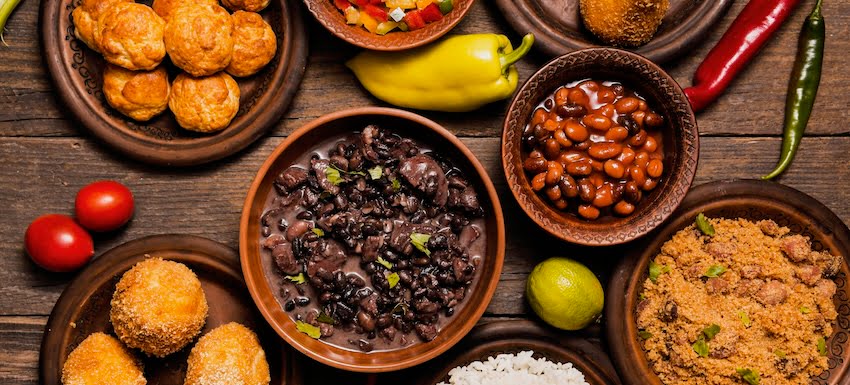


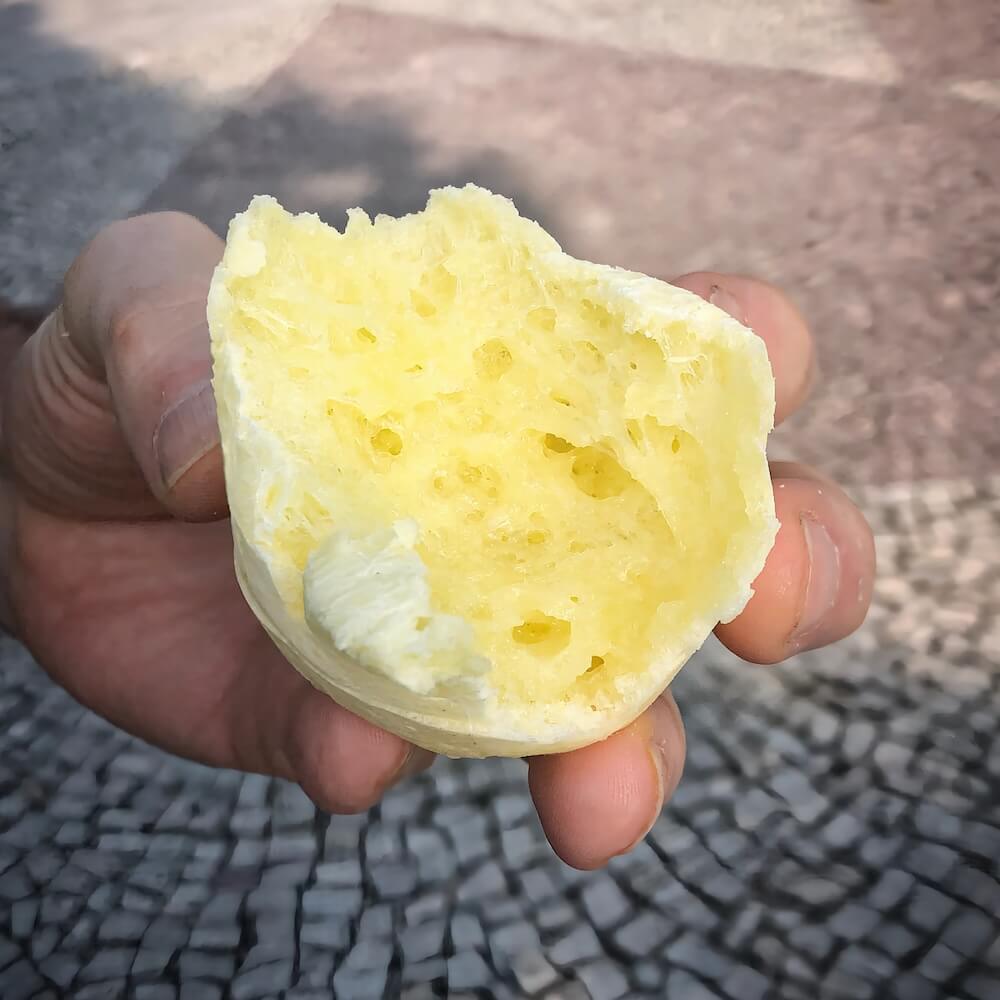
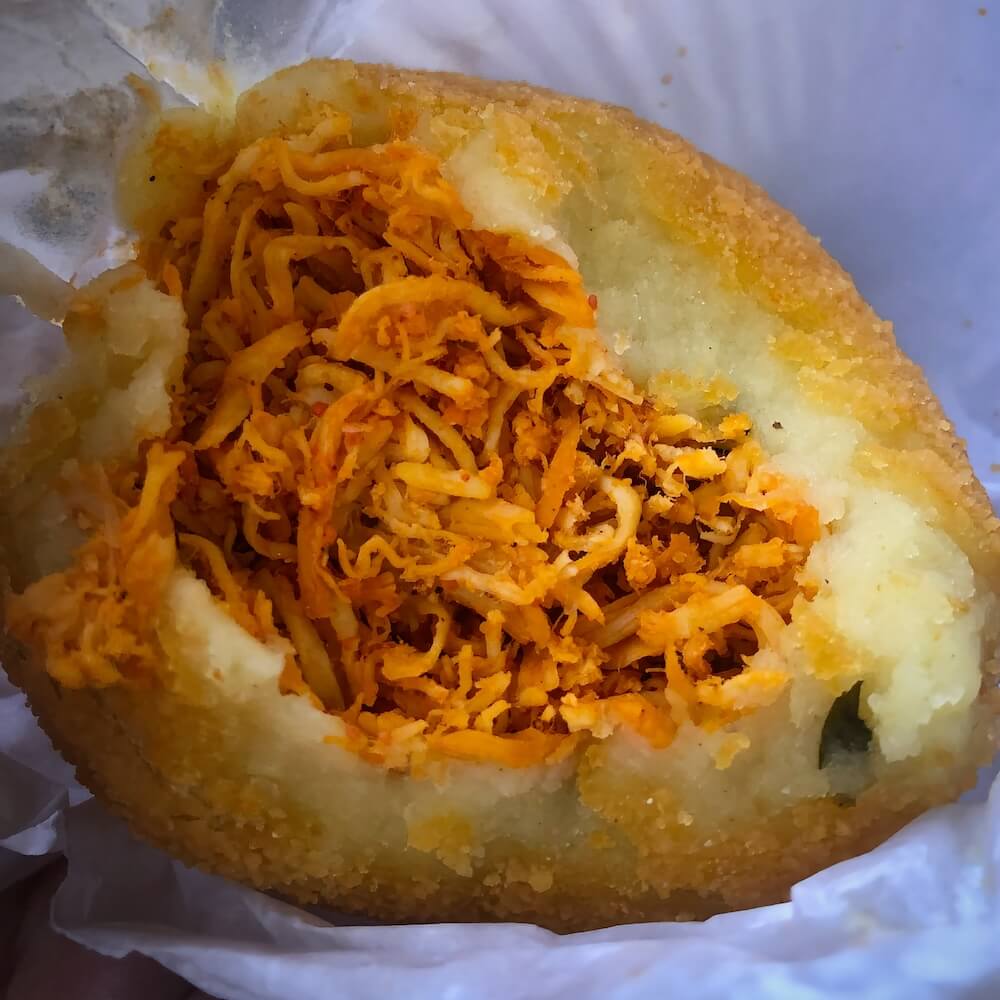
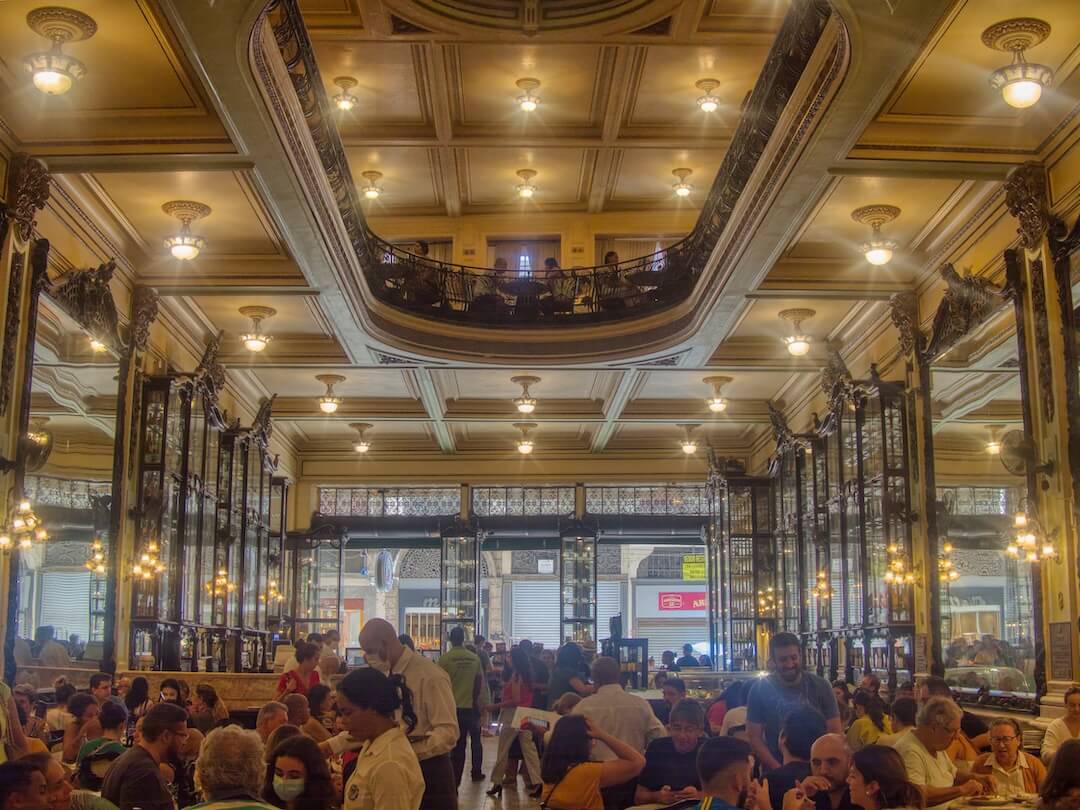





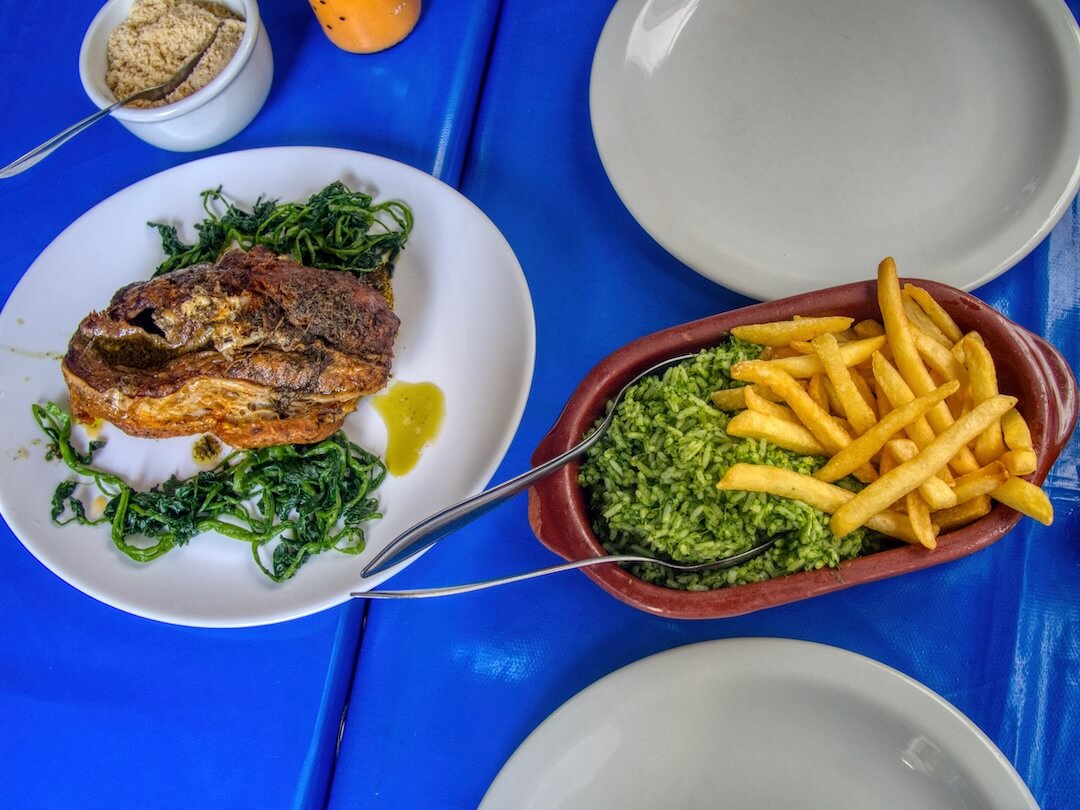
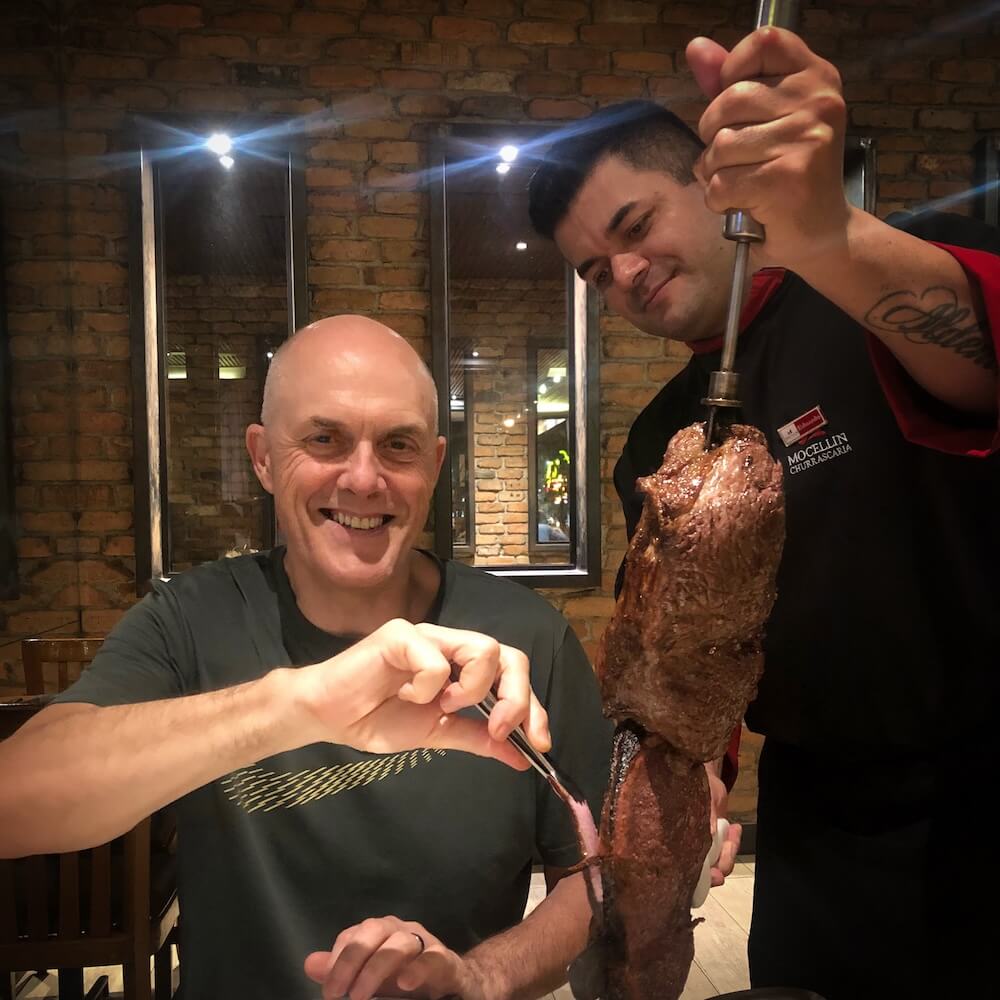


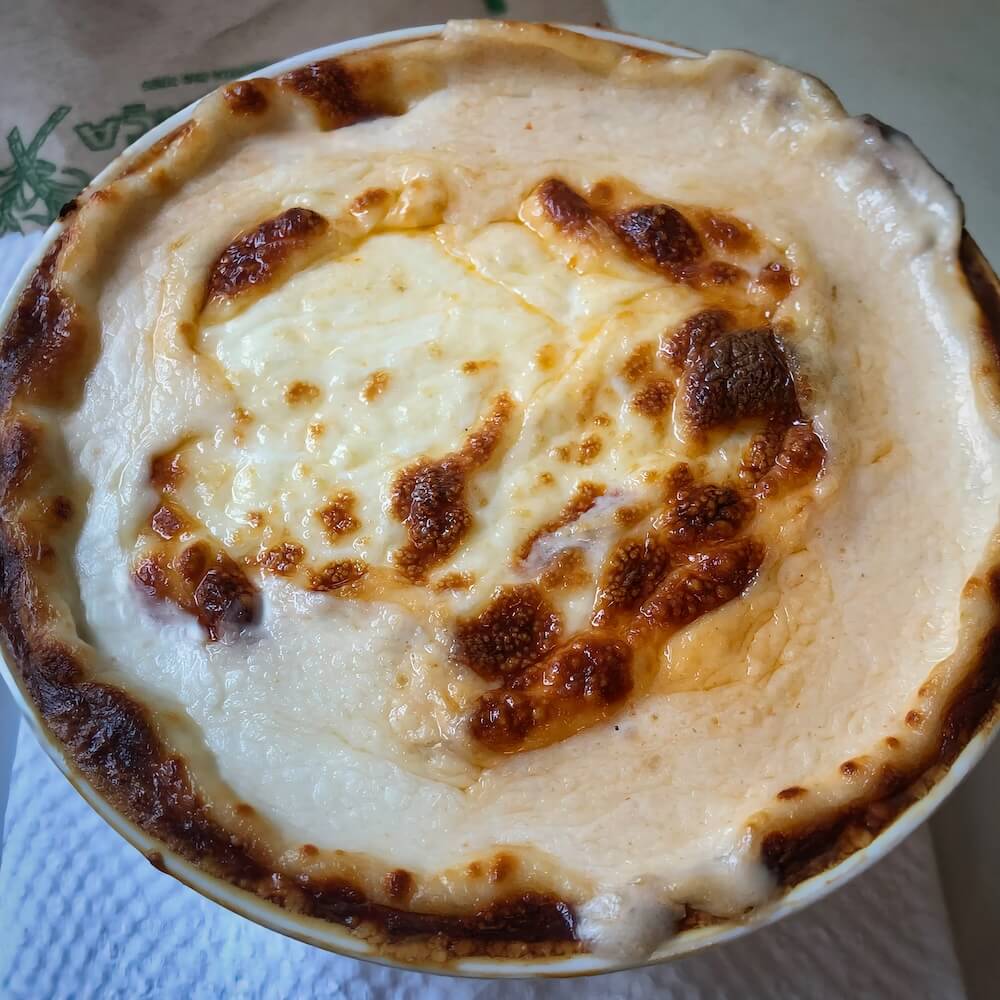
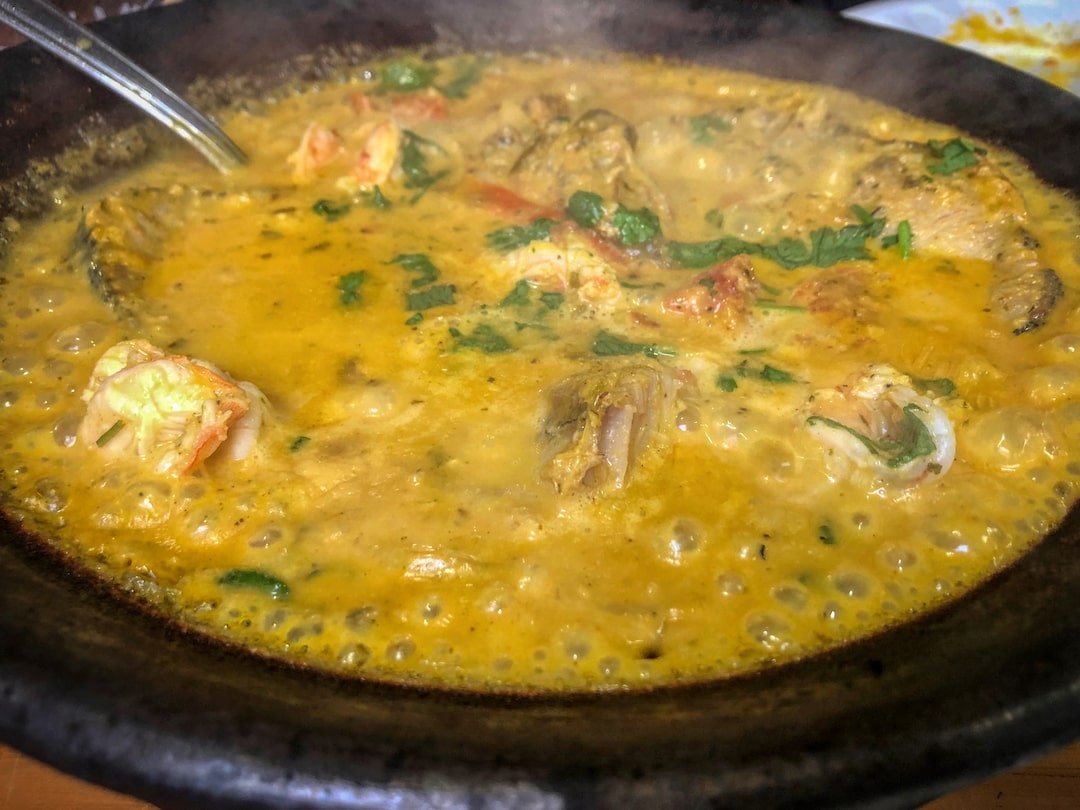






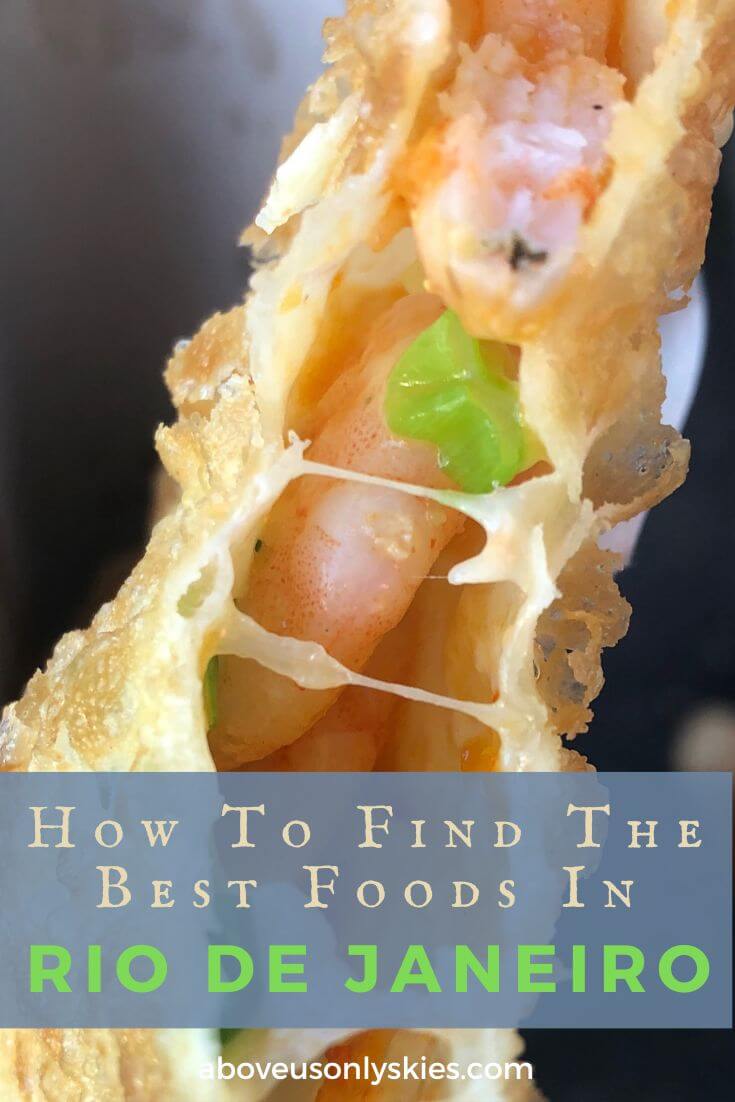






Lovely post!